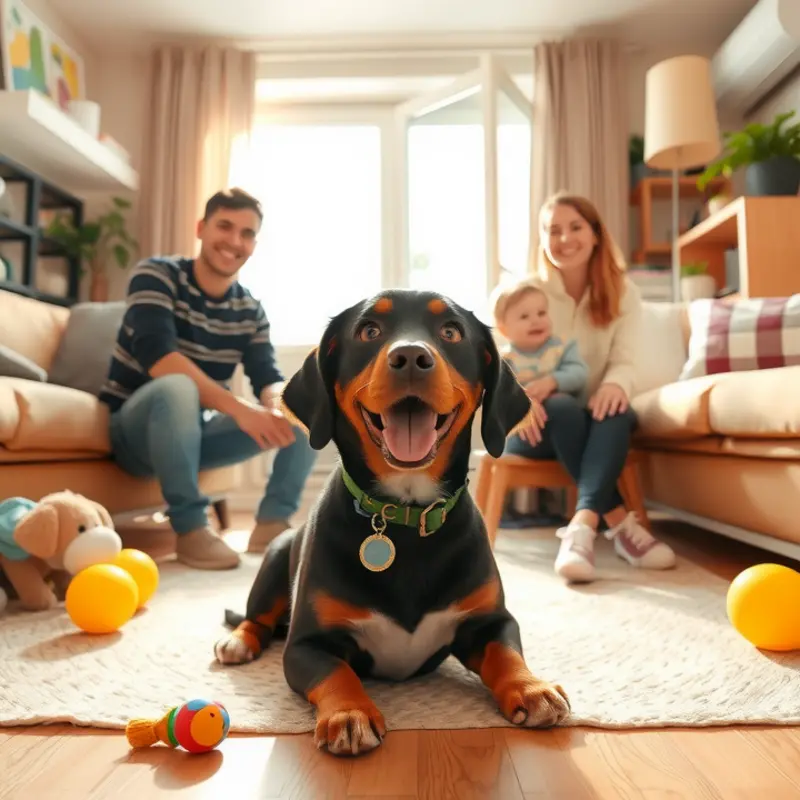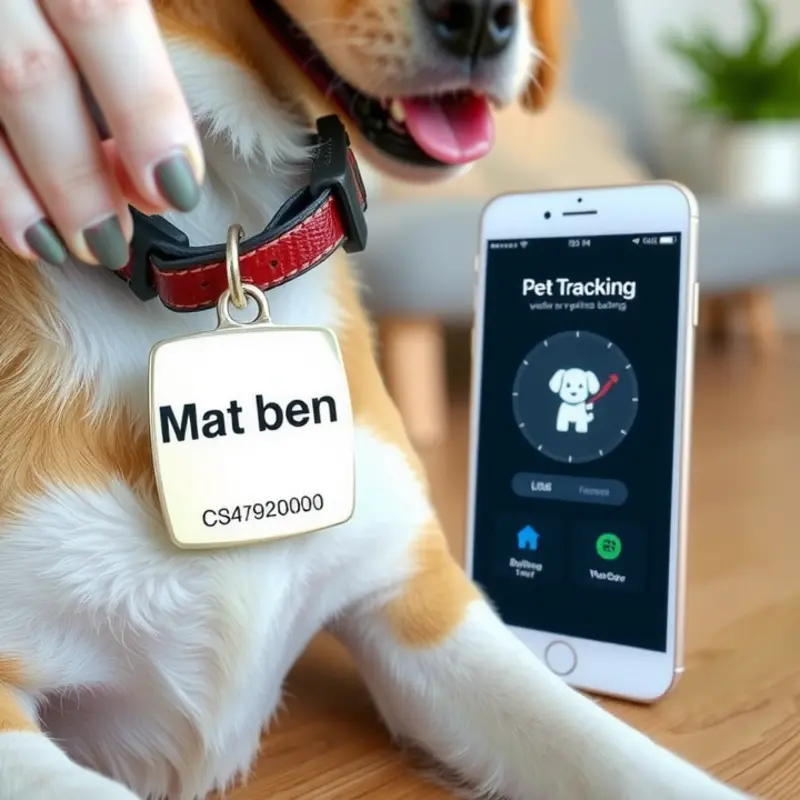Living in an apartment with pets can bring endless joy but also a unique set of challenges. As families, couples, and renters navigate the demands of pet ownership in a shared living environment, ensuring your pets are safely identified is crucial. Proper identification not only helps keep your animal safe but also fosters a welcoming atmosphere for all residents. This guide dives into practical identification methods and tips specially tailored to families and pet owners within apartments, providing reassurance as you manage your beloved companions in your cozy living spaces. With some thoughtful preparation and the right tools, you can enjoy a harmonious life with your furry family members, while ensuring their safety and comfort in an apartment setting.
The Importance of Pet Identification in Apartments

For those living in apartments, the cozy feel and close-knit atmosphere are juxtaposed with the potential risks that come with communal living. Among these risks is the possibility of losing a beloved pet. Apartments present unique challenges for pet owners—multiple units, shared hallways, and common areas can all lead to confusion if a pet slips out unnoticed. Having proper identification can transform a frightening situation into a momentary inconvenience.
Without identification, a lost pet could become an unwelcome visitor in another tenant’s unit or wander unseen into a neighboring complex. The inherent design of apartment buildings often involves multiple exits, making it easy for pets to quickly get far from home. Proper identification, such as a collar with tags that include the owner’s contact details and apartment number, facilitates a swift return. These tags provide immediate information, helping anyone who finds your pet to act quickly. Some may even consider microchipping as an added layer of safety, though this requires special equipment to read.
Beyond the immediate benefits of a lost pet’s quick return, proper identification reflects responsible pet ownership. When all residents take steps to identify their pets, it sets a standard within the community. This conscientiousness can contribute to an environment where everyone feels secure and considered. It’s an act of courtesy that assures fellow tenants that, should anything happen, they won’t find a mystery animal in their space. Moreover, it encourages a culture of caring—neighbors look out for one another’s pets, fostering a supportive community.
Many apartment complexes may have specific rules about pet identification, underscoring its importance. These guidelines contribute to the safety and harmony of the community. Adopting these practices not only adheres to these rules but actively promotes a shared commitment to safety. Additionally, neighborhoods near universities or densely populated areas, like those discussed in renting in Seattle, often have higher turnover and shifting populations, making pet identification even more crucial.
Some buildings may also implement systems for managing pets within communal spaces, such as dog-friendly play areas or designated walking zones. In such settings, visible ID on every pet ensures that any pet found without their owner can be quickly identified and reunited.
Ultimately, being proactive in identifying your furry friends upholds the welfare of both pets and people. It mitigates risk, eases the concerns of pet and non-pet owners alike, and fortifies the sense of community that makes apartment living so appealing. Therefore, ensuring each pet is easily identifiable is a simple yet profound step towards fostering a safe and connected living environment.
Effective Pet Identification Solutions

Pet identification is a crucial aspect of ensuring safety and security for your furry friends in an apartment setting. With limited space and shared areas, it’s essential to adopt methods that maximize your pet’s safety and enhance your peace of mind. Various approaches cater to different needs, and choosing the right one involves understanding your pet and environment.
Tags and Collars
The most straightforward method for pet identification is the use of tags and collars. These provide instant visual information. A sturdy collar with an attached identification tag is a must. Ensure the tag includes your pet’s name, your contact number, and possibly your apartment number. For additional safety, consider tags with emergency contact details. If your first contact is unavailable, a secondary number ensures a quick reunion.
Microchipping
Microchipping is a permanent solution that provides a unique identification number linked to your contact information in a database. It is a reliable choice for apartment dwellers who want a fail-safe way to identify their pets. Consult with your veterinarian for microchipping services, and once that’s done, remember to keep your contact information updated in the registration database.
Technology Solutions
Incorporating technology enhances traditional identification methods. Pet tracking apps and GPS-enabled collars allow real-time tracking of your pet’s location. While particularly useful for dogs, they can also be beneficial for adventurous cats. However, ensure the device is comfortable for your pet and does not cause irritation.
Choosing the Best Method
The best identification method depends on your pet’s behavior and your apartment complex. For instance, if your cat is only indoors, a collar with a tag might suffice. Conversely, if your dog is regularly outside, a combination of a tag, microchip, and GPS collar provides comprehensive coverage. Take into account how pet-friendly your apartment complex is, and if there are alert systems or community notices you can leverage for lost pets.
Implementing Additional Safety Measures
Always have a recent photo of your pet in case they go missing. Train your pet to return home if they wander off. In apartments with frequent maintenance visits or open balconies, consider additional barriers or safety measures. Mentioning the importance of precautions like using secure window screens is critical to maintaining safety. For more tips on securing your home environment, you might find this resource on home security tips for renters useful.
Integrating multiple identification methods tailored to your pet’s needs and your living environment is key to ensuring a safe and stress-free apartment living experience. By preparing and equipping yourself with these identification tools, you foster a safer, more secure habitat for your beloved companion.
Final words
Safeguarding your pets through proper identification is essential for enjoying your apartment lifestyle together. By implementing effective identification solutions, you enhance not only the safety of your furry friends but also contribute to a harmonious living environment with fellow residents. As you explore options from simple collar tags to advanced microchip placements, remember that every method has its benefits. Being proactive demonstrates responsible pet ownership, which reassures both neighbors and management that pets can be a joy in a shared space. Embrace the love and companionship of your pets knowing that their safety is in your hands, ensuring many happy moments spent together in your apartment.









